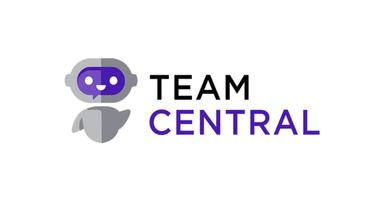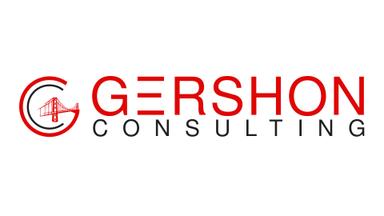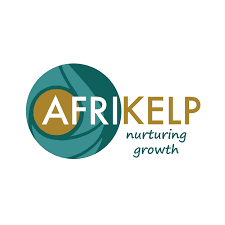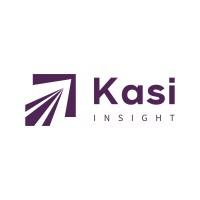New Method to Reshape Future Software Development

In computer science, innovation is the key to progress, and Sebastian Hönel from Linnaeus University has brought forth a groundbreaking approach in his recent computer science dissertation.
He introduces a novel method that not only measures but also enhances the quality of software development processes. This method is set to change how we perceive software development, and it's all about understanding how software evolves and improving it using data-driven analysis.
A Metric That Matters: "Source Code Density"
One of the impressive tools in Sebastian Hönel's toolkit is something he calls "source code density." It helps us check how much code is in software compared to its size.
In simpler terms, it helps determine whether a piece of code is concise and efficient or riddled with unnecessary and redundant lines.
Hönel says, "Source code density is a helpful tool for finding unnecessary code. We also made a dependable classifier from it to understand how the software changes. This helps a new method spot complex issues during development more easily."
Also Read, Microsoft Owned LinkedIn Layoff 668 Employees 2nd Round
Shifting the Focus to Software Development
Hönel's research is not just another addition to the extensive library of computer science studies. It's a significant change in how we think about making software.
Traditionally, the software industry has been preoccupied with evaluating the quality of the software product itself. However, Sebastian Hönel's research underscores the importance of examining how the software is developed.
To improve software, we start by improving how we create it and learning from what we've done before. In the past, we just looked at how much things changed to measure development, but that wasn't very dependable.
Now, Sebastian Hönel suggests using data from the development process and numbers to understand how big the changes are.
Discover the Hidden Issues
In software development, challenges and successes often go hand in hand. There are times when everything runs smoothly, but there are also those moments when unforeseen obstacles arise. These issues range from slow performance and missing features to budget overruns and project delays.
After a project concludes, it's natural to want to dissect what went wrong and why. The difficulty lies in distinguishing whether the problems stemmed from individual decisions or broader team dynamics.
Hönel and his team have developed tools that can swiftly scan through your projects and pinpoint potential trouble spots. While it might not provide a detailed breakdown, it certainly streamlines identifying projects needing extra attention.
These issues can be uncovered simply by analyzing the program's code, marking a significant advancement in understanding and enhancing software quality.
Sebastian Hönel's research has opened up new horizons in software development. With the innovative tools and methods he has introduced, developers can streamline their work, resulting in the creation of better, more reliable software products. The future of software development looks brighter than ever thanks to this groundbreaking work.
Sebastian Hönel's pioneering research has shed light on the significance of refining the software development process itself. By introducing metrics like "source code density" and developing tools to analyze code, he has provided a pathway to more efficient and reliable software.
The software industry is on the cusp of a transformative era where the development process will be just as crucial as the end product.
Also Read, Netflix Grows Advertising and Sponsors Live Sports
Business News
Taking Care of Your Employees: 5 Tips for Empowering Your Team
From Zero to Certified: The Journey Behind Every Home System Expert
When Expenses Get Creative: Survey Exposes Bizarre Claims
Electronic Wills and Testamentary Freedom: Inside the Wills Bill 2025
Splat App Transforms Photos Into Coloring Pages Using AI




















